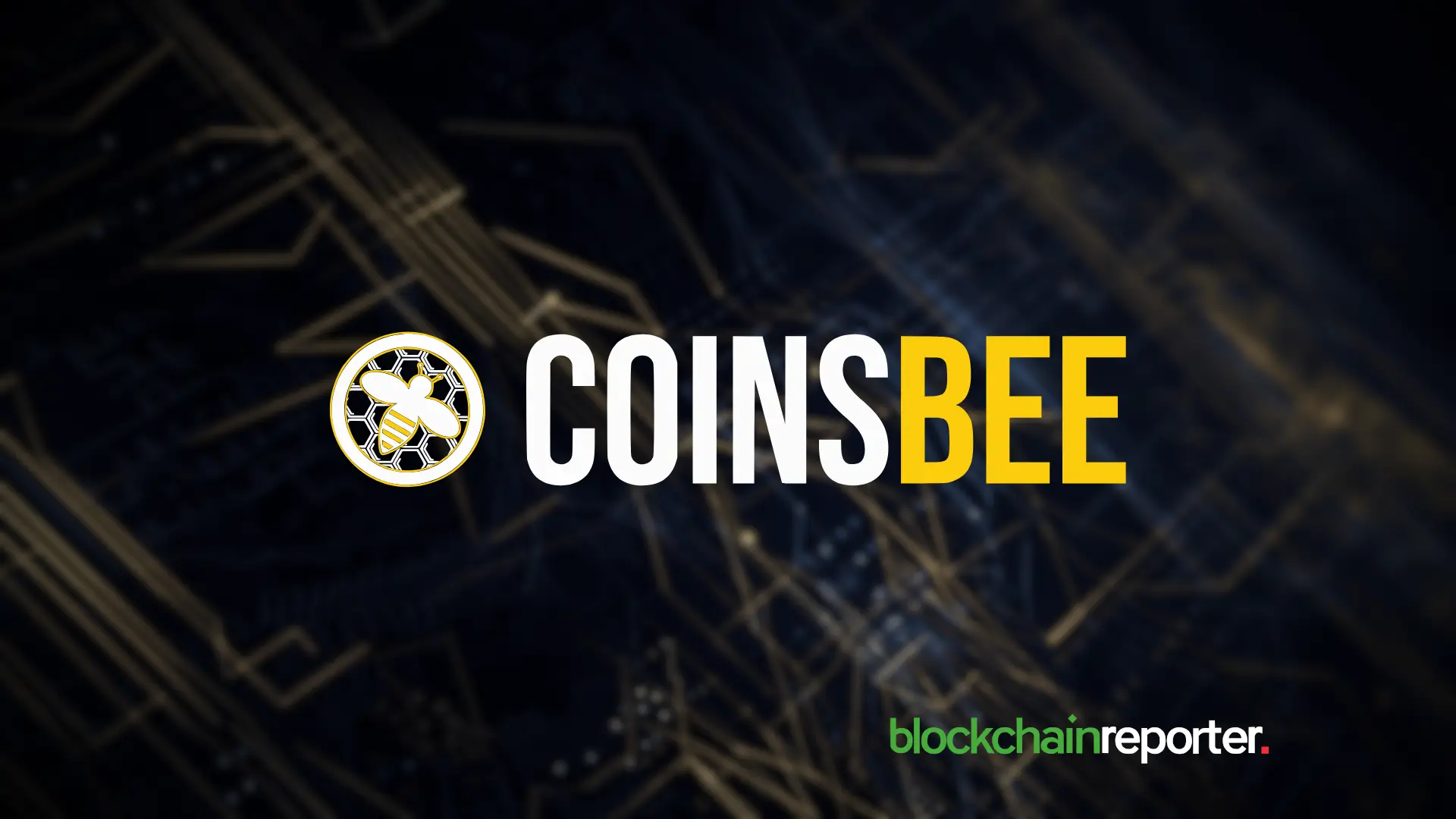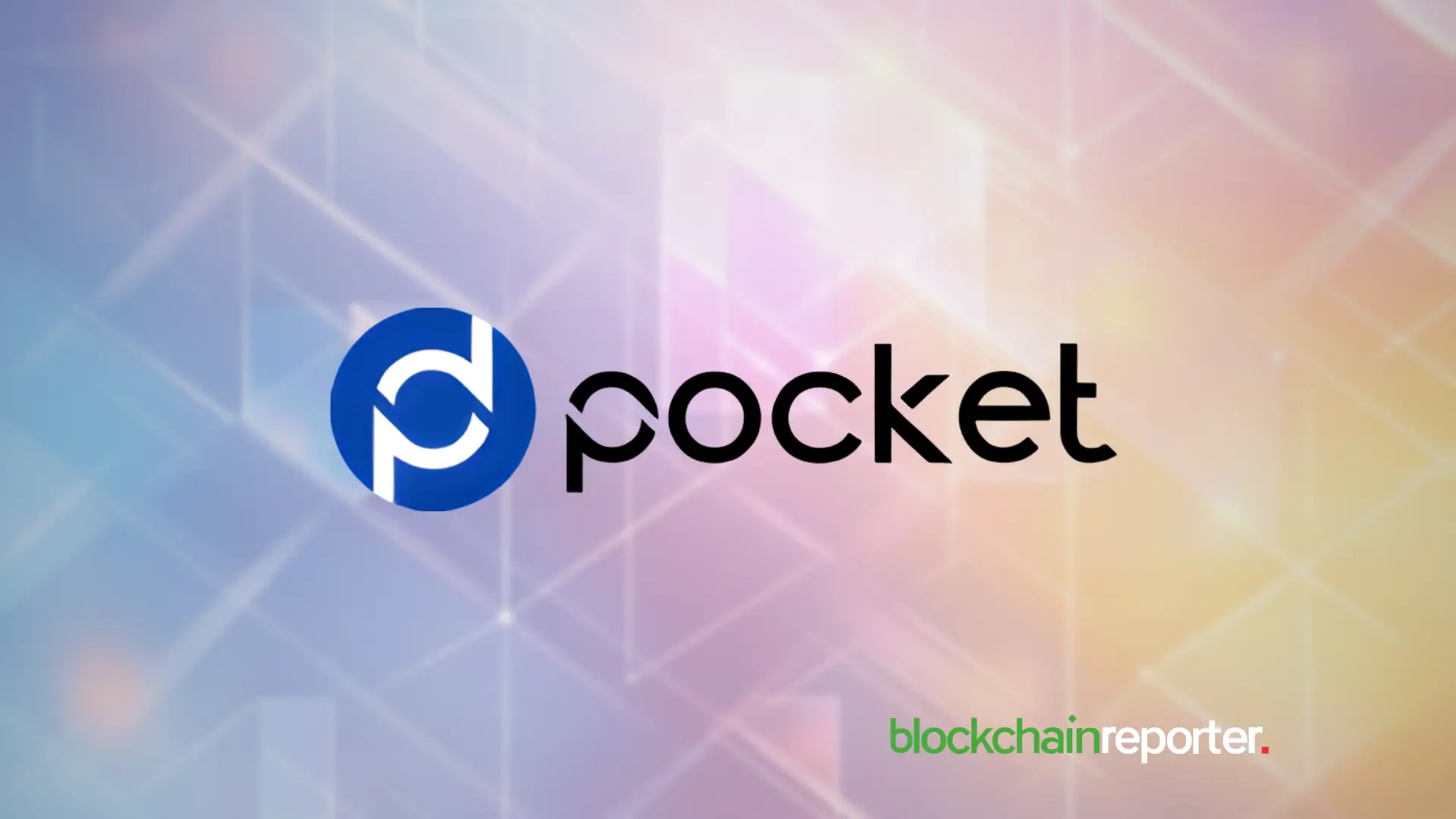Ethereum’s Anchor Client Now Live on Testnet



SSV Network announced that its DVT client dubbed “Anchor”, built by Sigma Prime, is now live on the Ethereum testnet. The launch marks a substantial step for both Ethereum’s decentralization and DVT (Distributed Validator Technology).
Anchor is now in testnet
This testnet rollout is essential as it highlights a pivotal move towards a more secure, strong, and decentralized Ethereum blockchain.
The testnet environment now enables developers and market players to thoroughly test Anchor’s functioning, spot bugs, and evaluate its effectiveness in a simulated real-world situation without placing real money at risk. This is crucial before deploying the DVT client to the mainnet.
At the core of the Ethereum network, especially in its PoS (Proof-of-Stake) system , DVT is a radical method for running Ethereum validators. This is quite different from the traditional model whereby a single node operator manages a validator with complete control of the private key. This causes high chances of vulnerability if the node’s system is down, its key is impaired, or the validator gets disconnected, potentially obstructing the network’s operation and causing losses.
The DVT approach addresses this problem by splitting the validator’s key into numerous “key shares.” It then distributes key shares among a group of decentralized node operators. Every independent operator executes a component of the validator’s responsibilities without having a complete key.
For the validator to execute its responsibilities (like attesting the network or proposing blocks), a prearranged number of several operators (like 3 out of 4) must approve or make a decline using their key shares.
All collaborating nodes in the group are actively engaged. If one or some operators become disconnected or encounter hitches, other functioning operators can still make a consensus and satisfy the threshold, ensuring the validator remains connected and conducts its responsibilities.
What does this rollout mean?
“Anchor” built by Sigma, is a new DVT client. Its presence implies that there is another independent, strong software alternative for operating DVT-powered validators.
Ethereum depends on various client software to operate the network. If a technical hitch or bug affects a client, it could affect a big part of the network. By running several DVT clients, developed by different teams, the vulnerability of such breakdown is massively decreased.

CoinsBee Review 2025: Real-World Utility for 200+ Cryptocurrencies
Explore how CoinsBee lets you spend 200+ cryptocurrencies on 5,000+ brands worldwide with no KYC, no...

Pocket Network Successfully Launches Shannon Mainnet For Open API Access
Pocket Network launches Shannon mainnet, transforming into the first permissionless API network for ...

Ronin Partners The Graph Protocol to Boost Developer Access for On-Chain Data
This latest integration is anticipated to substantially improve the way builders reach and use on-ch...


